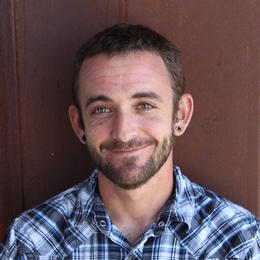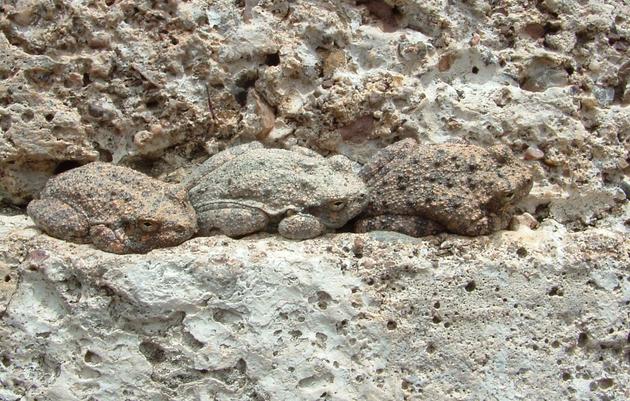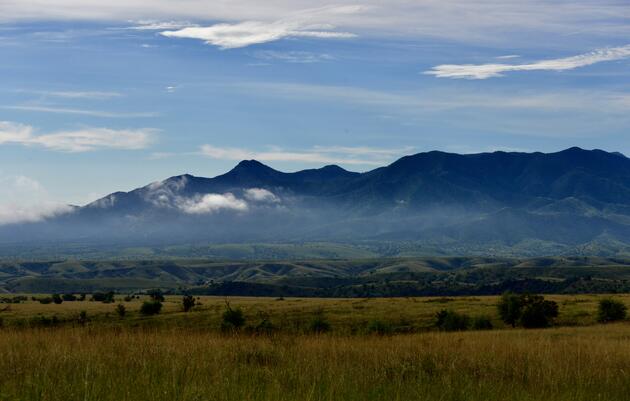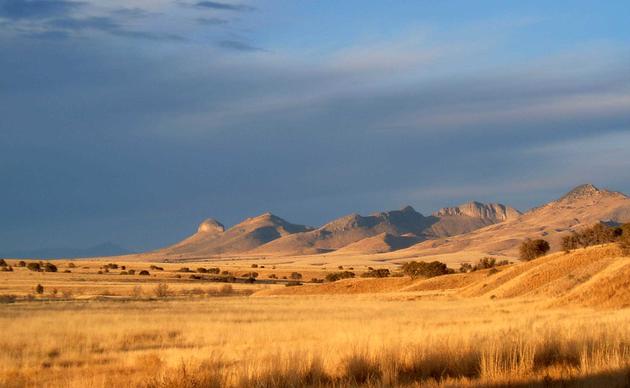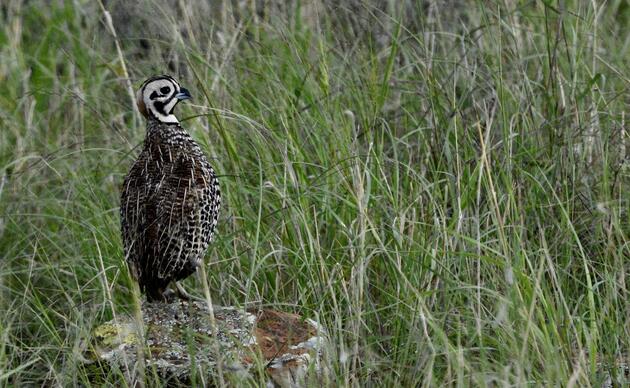Conservation is a tricky business. If you tinker too much with systems you don’t fully understand, not only is your potential to make a significant, positive difference limited, but you also run the risk of causing unintended and sometimes catastrophic harm. However, we often don’t have time to lose. To protect birds, other wildlife, and their habitats into the future, action to address conservation challenges like climate change, habitat degradation, invasive species, and biodiversity loss must be taken immediately.
That’s why we are thrilled to have the opportunity to support three student scientists each year in their efforts to explore conservation related questions on the Appleton-Whittell Research Ranch. These students, our Appleton-Whittell Research Ranch Student Fellows, are not only gathering the information needed to inform successful conservation efforts, but they’re also the people who will carry the work into the future.
With research season just around the corner, we are excited to announce this year’s batch of fellows. Read on to learn more about our new recruits!
-
Adriana Garcia Rivera
Joining us as a master’s student from the lab of Dr. Sara Souther at Northern Arizona University, Adriana’s work is focused on understanding patterns of seed dispersal and predation across the range of Emory Oak, a southwestern tree that, on top of being critically important to the Montezuma Quail, the Appleton-Whittell Research Ranch’s flagship bird, is of deep cultural significance to western Apache nations including the Yavapai-Apache, Tonto Apache, San Carlos Apache, and White Mountain Apache who traditionally have relied on the tree’s acorns as a food resource.
Likely due to a combination of factors including habitat loss, grazing, lowering groundwater tables, competition, predation, and climate change, these communities have noticed in recent years a reduction in the number of acorns produced by Emory Oak stands and, as a result, fewer seedlings. This work expands on the efforts of the Emory Oak Collaborative Tribal Restoration Initiative, a partnership between Northern Arizona University, the U.S. Forest Service, and western Apache nations that aims to identify important stands of Emory Oak and facilitate restoration and protective measures. Adriana’s work will further our knowledge of Emory Oak’s ecology, allowing for more effective restoration and helping to ensure that these trees persist into the future for both people and wildlife.
Adriana values collaboration and mentorship above all else. During her time on the Research Ranch, she is excited to establish connections within the conservation community and provide mentorship to the team of student researchers that will be assisting her in her studies.
-
Matt Jenkins
With much of Arizona’s historic oak woodland and savannah already lost to development and other human land uses, and with climate change, aridification, and other stressors limiting the recruitment of new trees, the future of birds that depend on these habitats, birds like the Eastern “Azure” Bluebird, are finding themselves without the resources they need to thrive. These unique bluebirds, a distinct and isolated subspecies of Eastern Bluebird, are secondary cavity nesters, meaning that they nest within the old, abandoned nests of cavity excavators like woodpeckers (primary cavity nesters). Without large, old trees in which to nest, Azure Bluebirds are in trouble.
The obvious patch-fix is to provide artificial nesting sites, but while Eastern Bluebirds in the eastern United States take quickly to nest boxes, it’s been found to be more complicated in the southwest. Nest boxes are a relatively new concept for Azure Bluebirds, and some are quicker than others to take advantage. Tomost effectively help Azure Bluebirds, a bird listed by the Arizona Game and Fish Department as a Species of Greatest Conservation Need, we need to more fully understand what factors are behind their decisions.
Fortunately for the Azure Bluebird, Matt Jenkins, a first year Ph.D. student with Renée A. Duckworth’s lab at the University of Arizona, is as curious as we are. With his fellowship funds, he will be investigating the roles that genetics, behavioral flexibility, and experience play in Azure Bluebird nest box use. On top of his potential to make a significant difference for a species in need, Matt is excited to be working with a charismatic bird that has great potential to engage the public with science and conservation.
-
Mia Brann
While it’s easy to become distracted by charismatic species like towering oaks, brilliantly colored bluebirds, and clown-faced quail, it’s important to not lose sight of the smaller, more modest plants and animals that, while despite being less flashy, still play an integral role in the systems of which they’re a part. One such species is Pectis imberbis, more commonly known as beardless chinchweed. Not only is this unassuming relative of the sunflower easy to miss, it’s also hard to come by. Listed as endangered by the U.S. Fish and Wildlife Service, beardless chinchweed is known in the United States only from the Coronado National Memorial, nearby portions of the Coronado National Forest, and the Appleton-Whittell Research Ranch.
This species wasn’t listed under the Endangered Species Act until 2021, and because of this there is little research available to inform its protection. Working to help fill our gaps in knowledge is Mia Brann, another master’s student with Drs. Sara Souther and Karen Haubensak’s Northern Arizona University lab group. During her fellowship-sponsored time on the AWRR, she will be investigating how populations of beardless chinchweed respond to grazing, competition from invasive species, fire, and human disturbance. Given the nature and mission of the Appleton-Whittell Research Ranch, it will come as no surprise that it will serve as Mia’s undisturbed control site.
Inspired by her time working on Maui where she experienced first-hand the amount of biodiversity that stands to be lost if we ignore rare plants, Mia enjoys exploring ecosystems from the perspective of the species often deemed, incorrectly, as insignificant. She believes that it’s from this vantage that we have the best chance of finding solutions to restoration challenges and fully understanding the impact we have on the natural world.
Our congratulations goes out to Adriana, Matt, and Mia for being the recipients of this year’s Appleton-Whittell Research Ranch Student Fellowships, and our gratitude goes out to the donors whose support makes the program possible. We look forward to providing updates on these projects and the work of our other visiting researchers as the season progresses!

